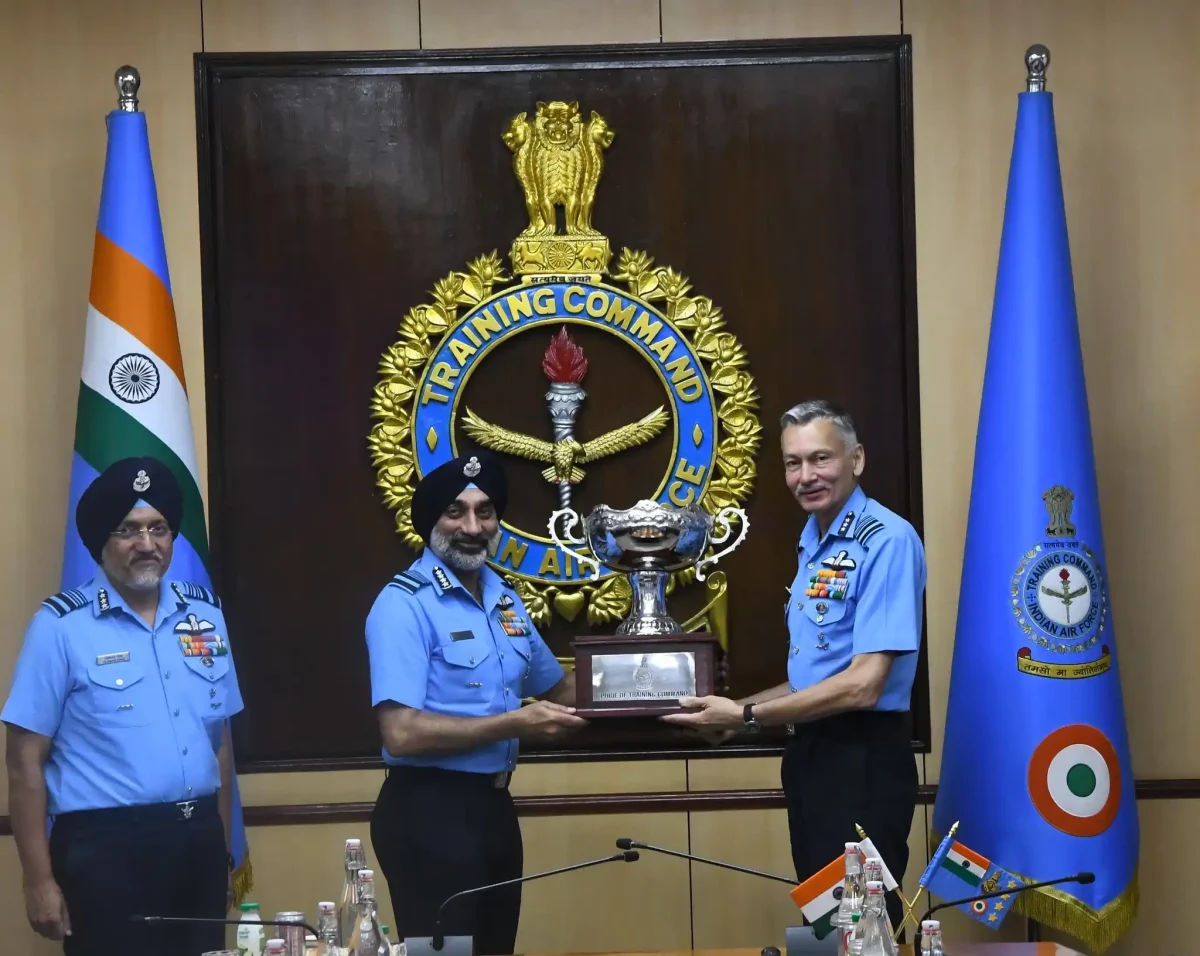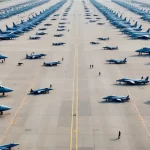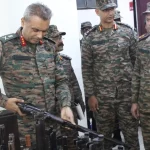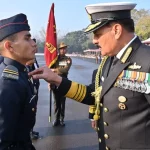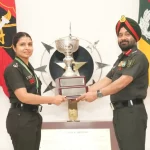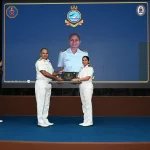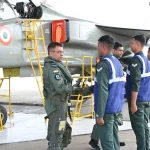Air Chief Marshal AP Singh, Chief of the Air Staff (CAS), presided over the Training Command Commanders’ Conference-2025 held at Headquarters Training Command (HQ TC), Bengaluru, on 23–24 October 2025. The two-day conference brought together senior commanders and key officials to deliberate on the evolving landscape of air force training and the roadmap to strengthen the Indian Air Force’s (IAF) future capabilities.
Focus on Transformation and Modernisation
The conference centered around the transformation of training philosophy, ensuring that IAF’s training ecosystem remains aligned with its operational and technological advancements. Discussions highlighted the importance of modernising infrastructure, integrating simulation-based learning, and adopting next-generation training tools to prepare air warriors for emerging challenges in multi-domain warfare.
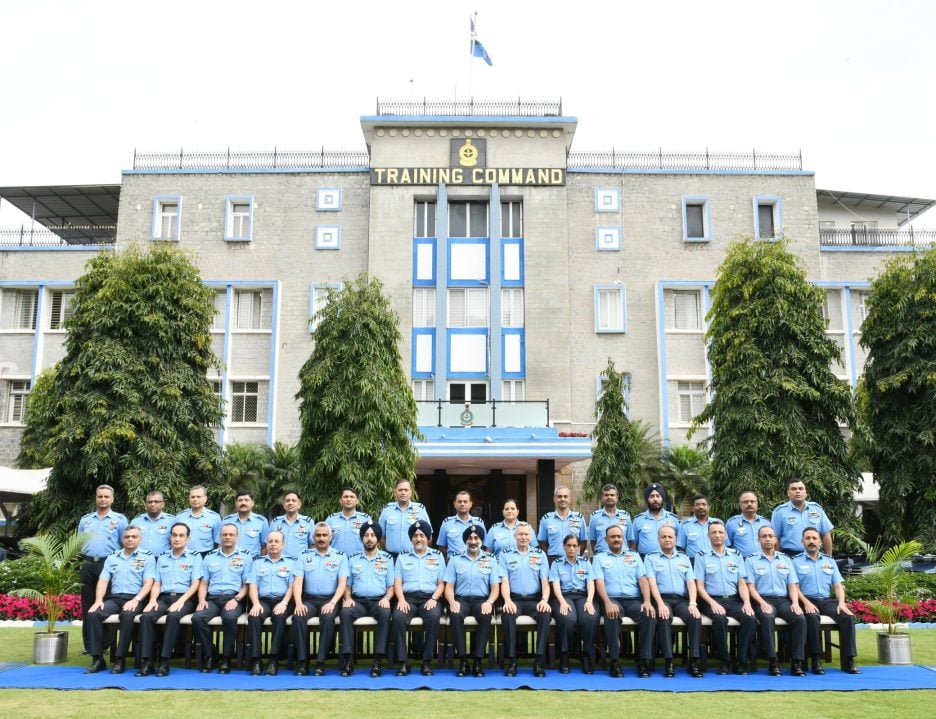
Commanders also exchanged insights on enhancing jointness and interoperability, with emphasis on synergy between training establishments and operational commands to improve mission readiness.
Review of Training Establishments
During the conference, the CAS conducted a comprehensive review of the performance of various training establishments under the Training Command. He lauded the commitment to excellence displayed by instructors and trainees alike, underlining that operationally oriented training remains the cornerstone of the IAF’s combat preparedness.
The Air Chief Marshal reiterated that training institutions play a pivotal role in shaping future air warriors, fostering leadership, and inculcating professional ethos across all ranks.
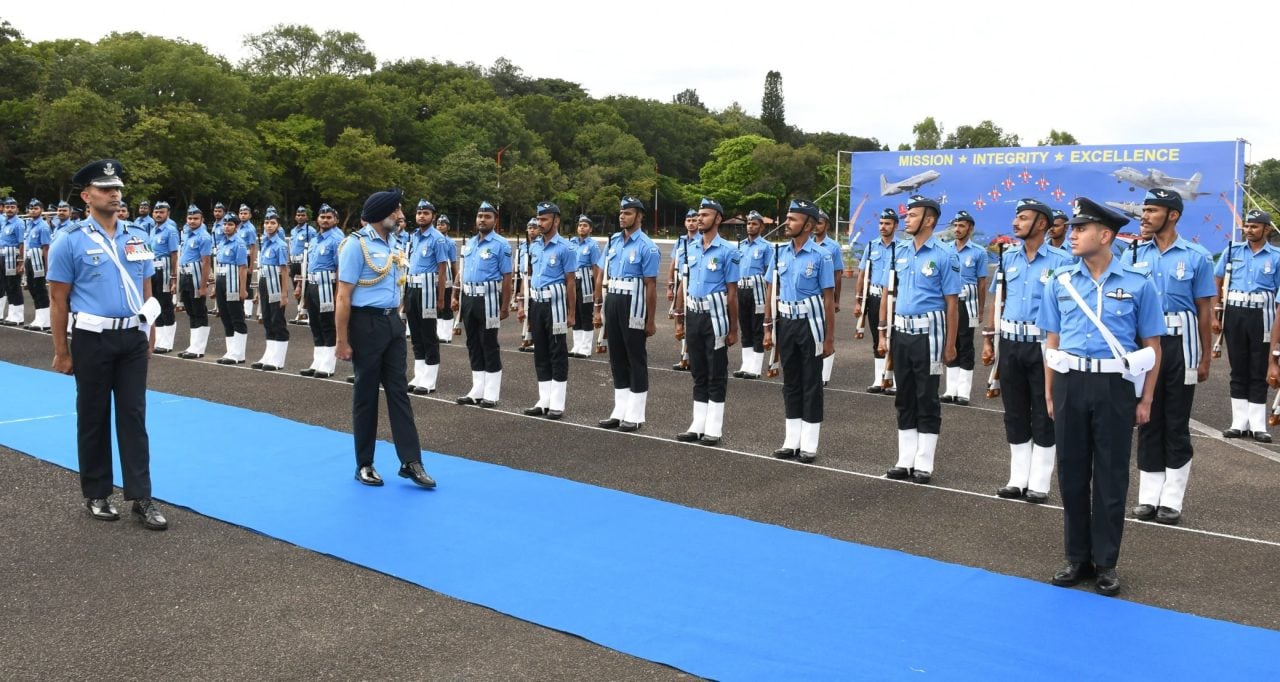
Recognition of Excellence
In recognition of outstanding performance, the ‘Pride of Training Command’ Trophy was awarded to the Air Force Academy (AFA), Dundigal, for its exceptional contribution to the training of officer cadets and its continued pursuit of excellence in grooming the next generation of air warriors.
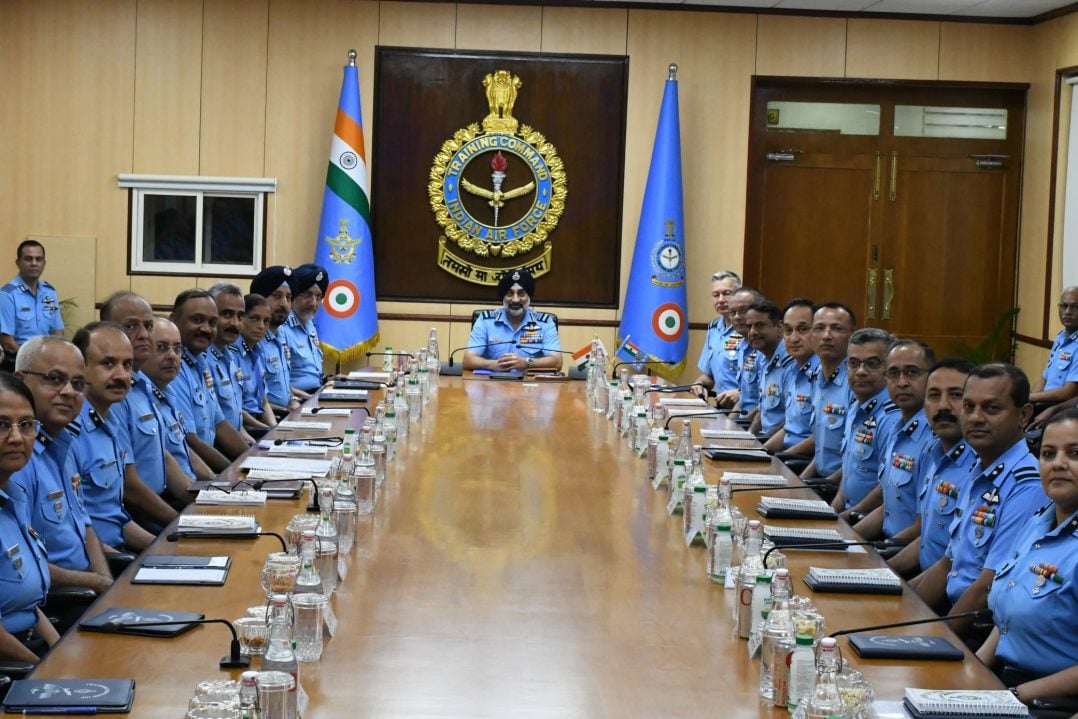
Commitment to Future-Ready Air Warriors
Concluding the conference, the CAS emphasised the need for adaptive, innovative, and technology-driven training practices to meet the demands of modern warfare. He commended the leadership at Training Command for their continued efforts in transforming the training architecture and urged all formations to stay committed to the IAF’s vision of a “future-ready and combat-capable” force.

